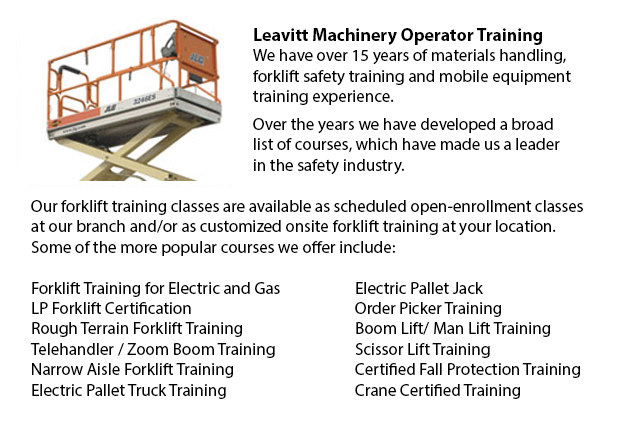
Scissor Lift License Markham - The is an inherent chance in operating a scissor lift, as with all kinds and types of powered work tools would need right handling in order to avoid accidents that might cause injuries or damage. Businesses have to ensure that employees operating this particular machine have the needed experience.
Unskilled workers should not be allowed by their companies to use scissor lifts. The lift is made to lift people and materials to various heights. Failure to know and fully abide by safety standard can lead to injuries for the users or damage to the lift.
For scissor lift users, there is no legislation governing the use of fall protection. Nevertheless, manufacturers could recommend the use of fall protection and in various circumstances tying off in scissor lifts may be required by employer rules, local rules or job-specific risk assessment.
To be able to make certain that the scissor lift is in good working condition before using the machinery, the operator needs to carry out a thorough check. This is the operator's job, even if the unit has already been in service that day. The operator's instruction manual of the machine contains a checklist for pre-operation.
The things that an operator should look for when doing a scissor lift check, comprises checking tire-inflation pressure, and checking platform controls and ground controls in order to ensure they are working. Look for any delayed movement on the fly section when the boom is extending and retracting as this can indicate some loose cables. Whilst operating the controls, make sure that the emergency stop switches are working. Operate functions against the machine's cutout switches. Test the boom control system by cycling a boom lift to the furthest extent of its operating envelope. Safety limiters should automatically stop the unit before it moves into an unstable position, if they are working properly. If they aren't, shut down the lift and ensure that repairs are made before using it again.
Safe operating measures should be followed always, with the levers being operated with even, controlled pressure. A control lever must never be pushed from one position to the opposite position. The lever should be shifted to neutral, prior to stopping, and after that proceeding in the desired direction. When released, control switches and levers must return to the neutral position automatically. Depress the foot switch before operating platform controls.
-
Crane / Overhead Crane / Self-Erect Crane / Truck Mounted Crane / Hydraulic Cranes Training in Markham
Bridge cranes or overhead cranes are a kind of industrial material handling crane making use of a hook and line apparatus that runs on a horizontal beam running along two widely separated rails. Many overhead cranes could be seen inside a long factor... More -
Manlift Ticket Markham
Manlift Ticket Markham - The Manlifts and Elevated Platforms program provides training on the regulations, rules and correct application of safe operating procedures and work practices involved in everyday activities for individuals who work with thi... More -
Aerial Lift Train the Trainer Markham
Aerial Lift Train the Trainer Markham - The Aerial Lifts Train the Trainer Certification Program will teach trainers how to effectively train operators in safe industrial mobile equipment operation. Trainers are given in-depth instruction on aerial l... More -
Loader Operator Training Markham
Loader Operator Training Markham - Loader Operator Training - Within North America, lift truck operator training is required to be able to prevent workplace injuries and accidents. Certain forklift training would be provided to be able to offer forkl... More -
Aerial Boom Lift Ticket Markham
Aerial Boom Lift Ticket Markham - Aerial lift trucks can be used to accomplish many unique duties done in hard to reach aerial spaces. A few of the duties associated with this style of jack include performing daily repair on buildings with high ceili... More -
Boom Lift Operator Training Markham
Boom Lift Operator Training Markham - The cherry picker work platform is a type of work platform, that will usually have a bucket or platform at the hydraulic lifting system's end. The machine is likewise called a boom lift, man lift, hydraladder or... More -
Boom Lift License Markham
Boom Lift License Markham - Just fully qualified individuals must operate an aerial boom lift. Qualification can be obtained through a combination of classroom sessions and practical training with the particular kind of aerial lift that will be used... More -
Telehandler Training Courses Markham
Telehandler Training Courses Markham - The employer has the responsibility to make certain that their workers are trained to work proficiently with telehandler machines. The staff have to be assessed for their skill to utilize the equipment. If defic... More

Forklift Training Markham
TOLL FREE: 1-888-254-6157
Markham, Ontario
forklifttrainingmarkham.com
Email Us
About Us


